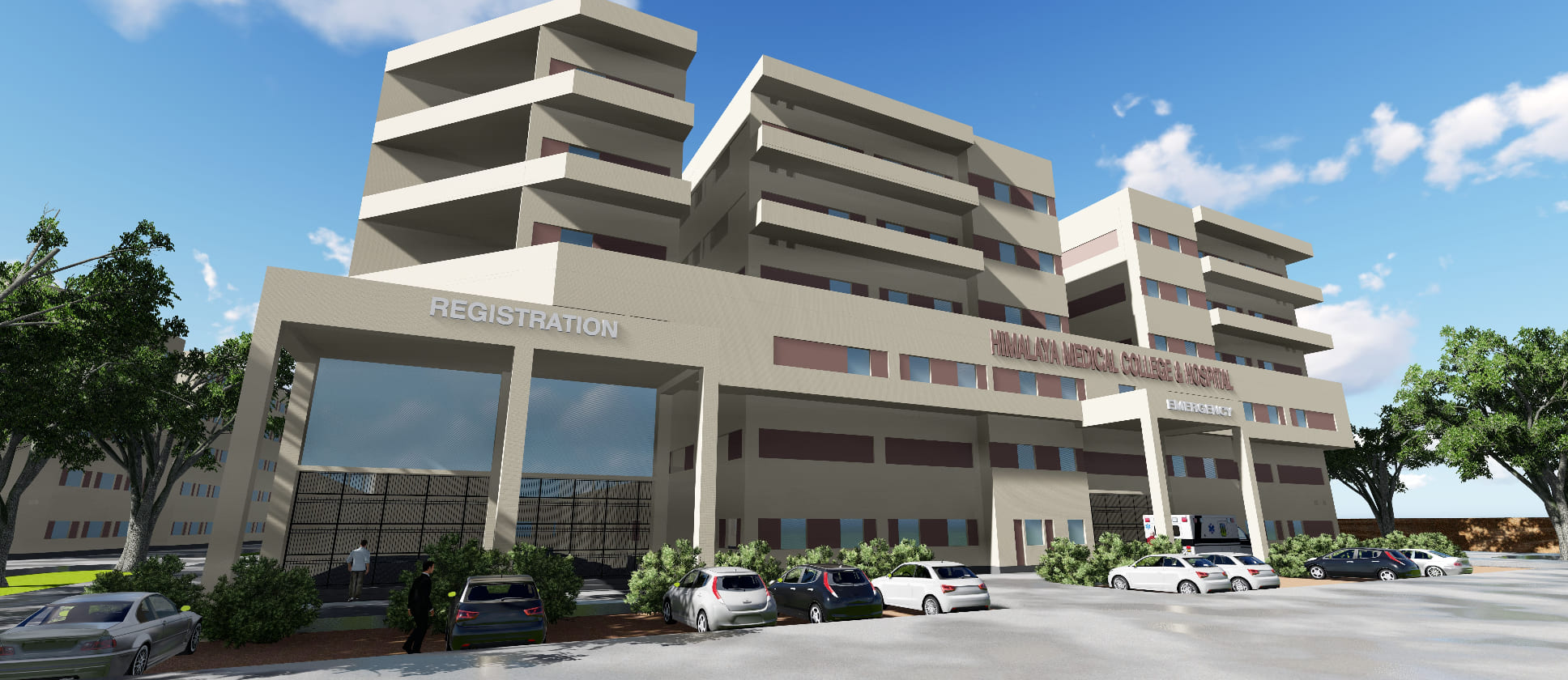Himalaya Medical College & Hospital
Our designing a medical college, architecture plays a crucial role in creating a functional, efficient, and healing environment. The campus should include state-of-the-art lecture halls, laboratories, and some centers that foster learning and innovation. Attention to spatial planning is essential, ensuring easy navigation and accessibility throughout the facility.
The integration of natural light, green spaces, and sustainable materials enhances the well-being of students and staff. Additionally, specialized areas like simulation labs, anatomy dissection halls, and teaching hospitals should be seamlessly incorporated, reflecting the college's commitment to cutting-edge medical education and patient care
View Project

.jpg
)
.jpg)